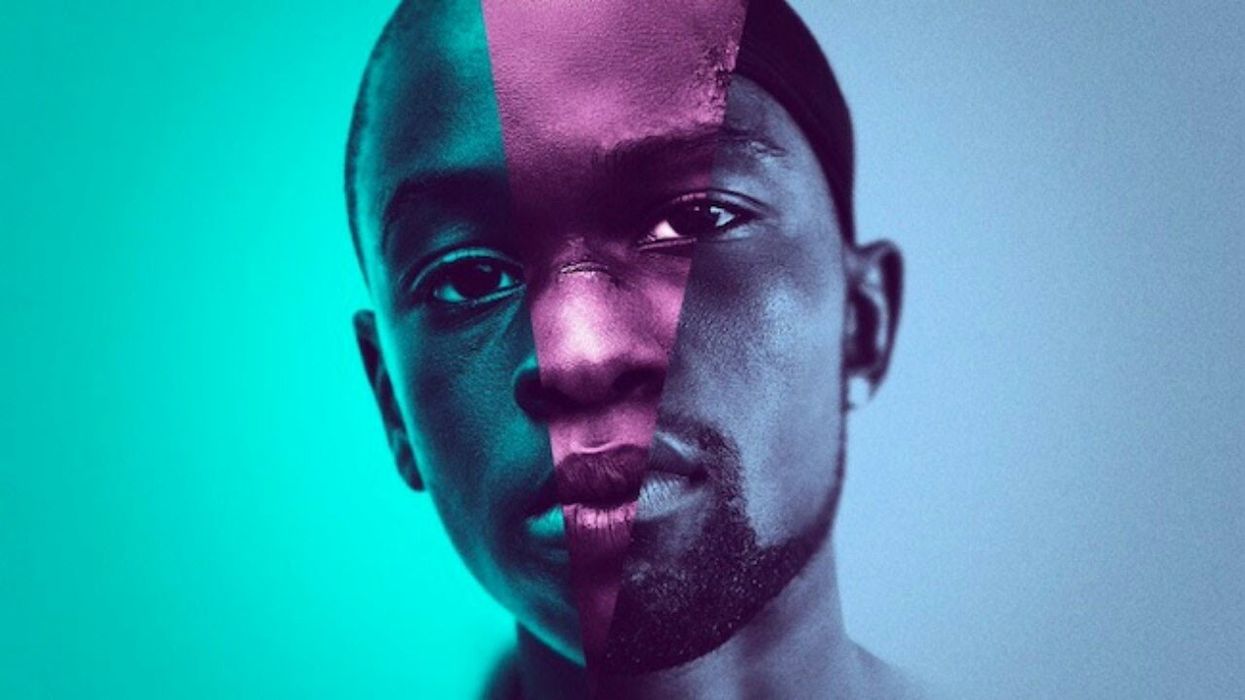'Taking the Arthouse to the Hood:' An In-Depth Analysis of Best Picture Winner 'Moonlight'
Explore the cinematography, sound, and symbolism of Barry Jenkins' Oscar-nominated film Moonlight.

One thing great filmmakers manage to do is turn every cinematic element into a potential tool for storytelling. Director Barry Jenkins does this with incredible power and grace in his Oscar-nominated film Moonlight, a story that chronicles the life of a young black man as he struggles to find and accept himself at different stages of his life. In this video essay from ScreenPrism, Susannah McCullough analyzes several different aspects of the film, including its story structure, cinematography, editing, and symbolism, to reveal the beauty and complexity of Jenkins' filmmaking.
"Instead of taking the hood to the arthouse, we're gonna bring the arthouse to the hood." —Director Barry Jenkins
Though Jenkins masterfully brought Tarell Alvin McCraney's brilliant play to life for the screen, he had a powerhouse team of technical artists by his side to make Moonlight the lyrical film that it is. Cinematographer James Laxton and editors Joi McMillion and Nat Sanders, all of whom have been nominated for an Oscar for their work on the film, employ techniques like fluid and frenetic camera movement and disjointed editing to not only give the story more dimension, but to also elicit certain emotions in the audience.
Perhaps one of the most talked-about elements of Moonlight, though, other than its boundary-pushing story, is Laxton's cinematography. Though it is certainly a conduit for beauty, it's more importantly an emotional bridge that leads viewers to understand the on-screen relationships between protagonist Chiron (a.k.a. Little and Black) and the individuals in his world.
As McCullough points out in the video, the camera movement in scenes with Little and his loving father and stepmother are fluid, soft, and subtle, which forms a close visual connection between the people in the shot and thus a close emotional connection between them as well. Compare this to the frenzied handheld work used during the scene in which Little is running away from bullies, you get a real sense of what Laxton was trying to communicate to the audience through camera movement.
Moonlight is not without its flaws, but there's definitely a reason why it has been nominated for a total of 8 Oscars. It's a beautiful film with a story that has never been told, but truly needed to be. And McCraney's story, Jenkins' vision, Laxton's eye, as well as every other artist's contribution has made Moonlight a film that is not only worth our attention, but also our study.
Source: ScreenPrism












